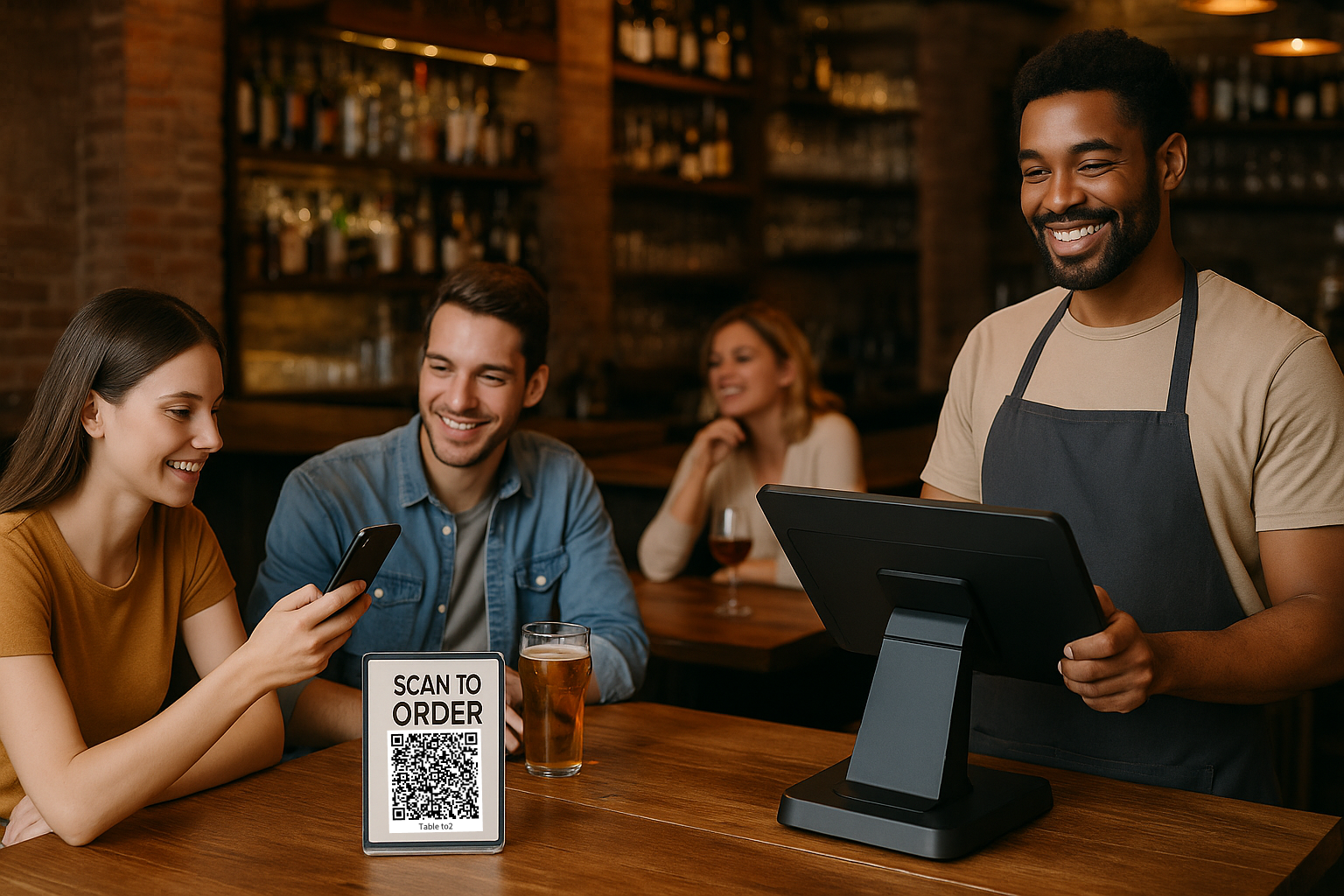The hospitality industry has undergone a remarkable transformation in recent years, with technology playing a pivotal role in enhancing customer experiences and streamlining operations. Modern establishments are increasingly adopting innovative solutions that combine traditional point-of-sale functionality with cutting-edge digital ordering capabilities.
Table of Contents:
The Evolution of Restaurant Technology
Gone are the days when customers had to wait endlessly for servers to take their orders. Today’s diners expect convenience, speed, and contactless service options. This shift has made advanced hotel restaurant pos systems an essential investment for businesses looking to stay competitive and meet evolving customer expectations.
Understanding QR Code Integration
One of the most significant innovations in the hospitality sector is the integration of customer QR code order functionality. This technology allows patrons to simply scan a code with their smartphone to access digital menus, place orders, and even process payments without physical contact. The convenience factor alone has made this feature increasingly popular among both customers and business owners.
A QR code scanner menu restaurant setup eliminates the need for physical menus, reducing printing costs and allowing for real-time menu updates. When a dish runs out or prices change, establishments can modify their offerings instantly without reprinting materials.
Key Features of Top POS Systems for Bars
When searching for the top pos systems for bars, operators should prioritize solutions that handle high-volume transactions during peak hours. Bars have unique requirements including split billing, tab management, and age verification features. The best systems integrate seamlessly with inventory management to track alcohol consumption and prevent theft.
Modern bar POS solutions also offer specialized features like happy hour pricing automation, ingredient-level tracking for cocktails, and integration with liquor dispensing systems. These capabilities help managers maintain profitability while delivering exceptional service.
Essential Components of Restaurant POS Systems
Comprehensive restaurant pos systems should offer more than just order processing. Look for platforms that provide:
Inventory Management: Real-time tracking of ingredients and supplies helps prevent stockouts and reduce waste.
Table Management: Visual floor plans and reservation integration streamline seating and service flow.
Kitchen Display Systems: Digital screens in the kitchen eliminate paper tickets and improve order accuracy.
Analytics and Reporting: Detailed insights into sales patterns, popular items, and peak hours enable data-driven decision making.
Employee Management: Time tracking, scheduling, and performance monitoring keep labor costs under control.
The QR Code Ordering Advantage
Implementing a qr code order system offers multiple benefits beyond contactless service. Customers appreciate the autonomy to browse menus at their own pace, view detailed dish descriptions and photos, and customize orders without feeling rushed. This self-service approach often leads to higher average ticket sizes as diners discover items they might not have noticed otherwise.
For staff, digital ordering reduces miscommunication errors and allows servers to focus on hospitality rather than order-taking. Kitchen efficiency improves when orders flow directly from customer devices to preparation stations.
Choosing the Right Solution
Selecting the appropriate technology depends on your establishment’s specific needs. High-volume bars may prioritize speed and tab management, while upscale restaurants might emphasize tableside payment and tip management features.
Consider factors such as hardware requirements, monthly subscription costs, payment processing fees, and customer support availability. The best systems offer cloud-based access, allowing managers to monitor operations remotely and access reports from any device.
Integration capabilities matter significantly. Your POS should connect with accounting software, online ordering platforms, and third-party delivery services to create a unified operational ecosystem.
Implementation Best Practices
Successful adoption requires proper staff training and clear customer communication. Display signage explaining how to use QR code ordering, and ensure servers can assist guests who prefer traditional service or need technical help.
Start with a soft launch to identify and resolve any technical issues before fully committing. Gather feedback from both staff and customers to refine the experience.
Conclusion
Investing in modern point-of-sale technology with integrated QR code ordering capabilities represents a smart strategy for bars and restaurants aiming to enhance efficiency and customer satisfaction. These systems pay for themselves through improved order accuracy, faster table turns, reduced labor costs, and increased sales. As consumer expectations continue evolving, establishments equipped with flexible, feature-rich POS solutions will be best positioned for long-term success.
